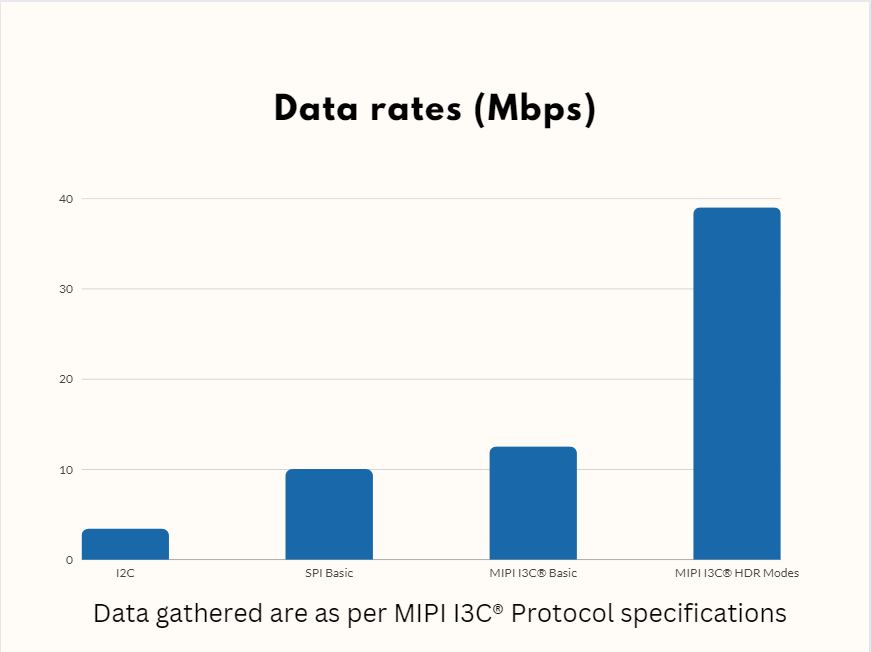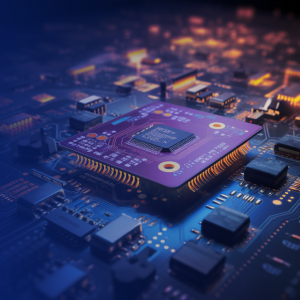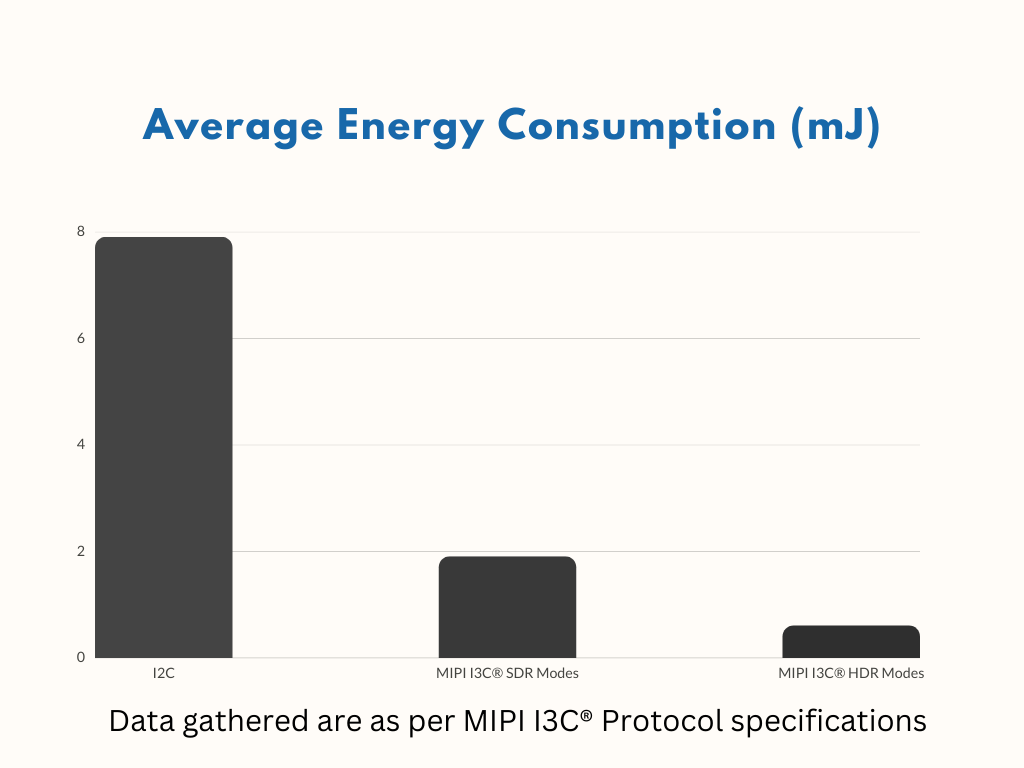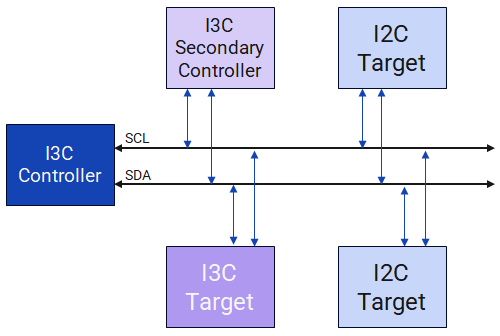Solid State Drives (SSDs) have transformed the storage landscape with their superior performance and reliability compared to traditional HDDs. Protocols such as SATA (Serial ATA), PCIe (Peripheral Component Interconnect Express), NVMe (Non-Volatile Memory Express) and SAS (Serial Attached SCSI) aid in high-speed data transmission. While I2C and SPI are not suitable for high-speed data transfer required for primary storage operations in modern SSDs, they are still valuable in monitoring, control, and configuration aspects of SSD management. They provide a means to interact with and retrieve essential information from the SSD’s internal circuitry without the need for complex and power-hungry protocols that are typically used for data-intensive tasks.
As technology progresses, newer SSD models require more advanced protocols to address the demands for higher performance, faster data transfer rates, better power efficiencies and improvement in all aspects to meet the evolving needs of modern computing systems. One such protocol gaining significant traction in this context is MIPI I3C® (Improved Inter-Integrated Circuit) which can be a replacement for traditional interfaces like I2C and SPI. In this article, we explore the advantages of MIPI I3C® adoption in SSDs and how it can enhance performance, power efficiency, and system integration.




